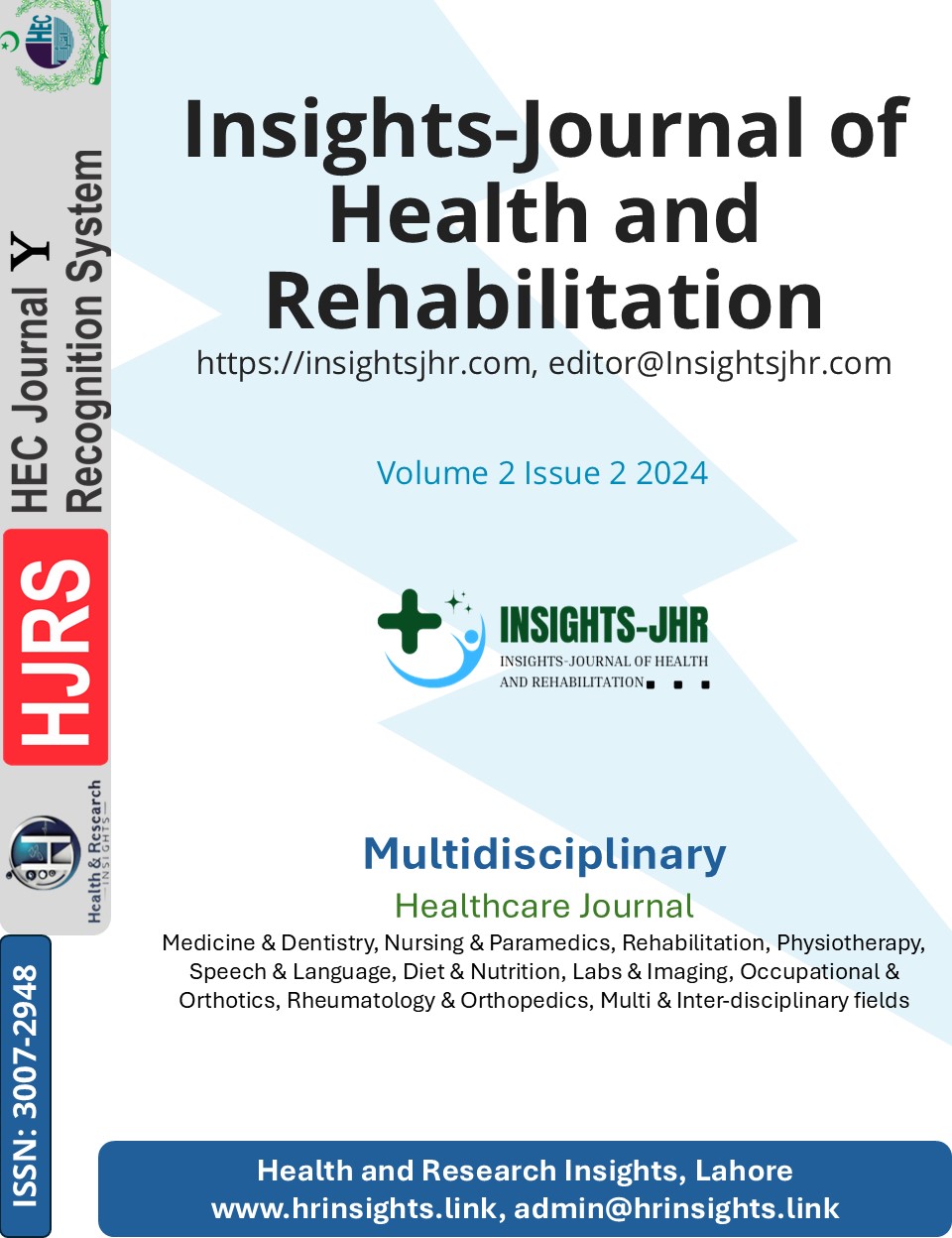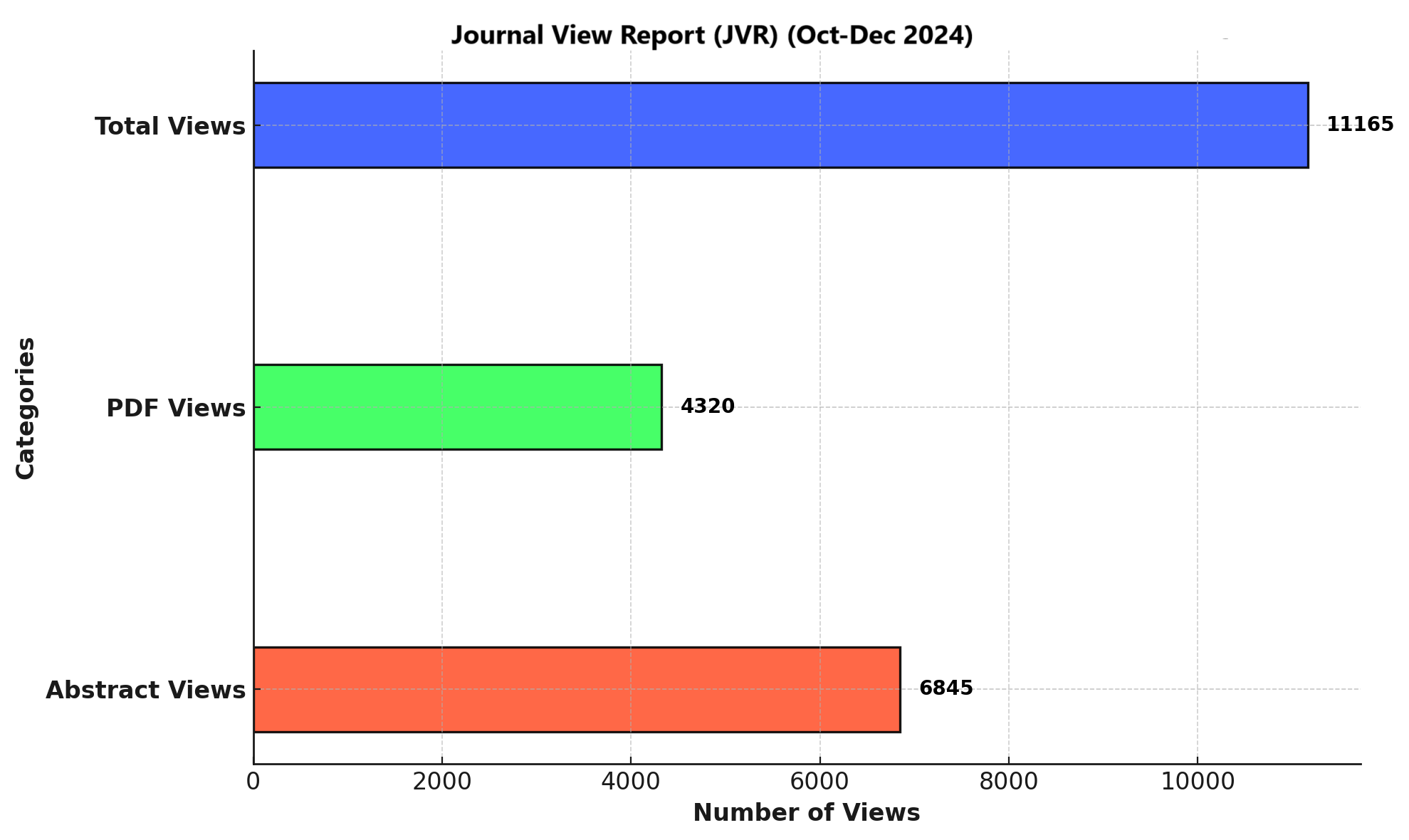ANTHROPOMETRIC STUDY OF PELVIC MORPHOLOGY FOR GENDER DETERMINATION USING X-RAYS
DOI:
https://doi.org/10.71000/n4d7bc83Keywords:
Anthropometry, forensic medicine, pelvic bones, radiographic imaging, sex determination, skeletal analysis, statistical modelingAbstract
Background
Pelvic morphology exhibits significant sexual dimorphism, making it a key parameter in forensic anthropology and medico-legal investigations. Skeletal differences between males and females arise due to evolutionary adaptations, genetic influences, and biomechanical factors. Radiographic imaging provides a non-invasive method for assessing pelvic morphology and developing sex classification models. Discriminant function analysis enhances the accuracy of forensic identification, ensuring reliable sex estimation in skeletal remains. However, population-specific variations necessitate further research to refine osteometric standards for different demographic groups.
Objective
To assess sexual dimorphism in pelvic morphology using X-ray imaging and to develop discriminant function equations for forensic and anthropometric applications.
Methods
A retrospective study was conducted using archived anteroposterior pelvic X-ray films from Hayatabad Medical Complex Peshawar and Khyber Girls Medical College Peshawar. A total of 84 X-ray films (46 females, 38 males) were analyzed, with patients aged 20–79 years (mean: 48.96 ± 12.64 years). Key anthropometric parameters, including pelvic inlet width, ischiopubic index, pubic arch angle, acetabular diameter, and sacral curvature, were measured. Statistical analysis was performed using discriminant function analysis to classify sex. Univariate and multivariate analyses assessed the predictive strength of each parameter.
Results
Univariate analysis showed classification accuracy ranging from 75.3% (acetabular diameter) to 96.4% (ischiopubic index). Multivariate models achieved accuracy between 91.2% and 97.1%. The pubic arch angle and ischiopubic index demonstrated the highest discriminatory power, with F-statistics of 89.75 (p < 0.001) and 95.23 (p < 0.001), respectively. Canonical discriminant function analysis confirmed a strong separation between sexes, with Wilks’ lambda values between 0.289 and 0.471.
Conclusion
Pelvic morphology assessed through radiographic analysis provides a reliable and accurate method for sex determination in forensic and anthropometric studies. The findings reinforce the significance of the ischiopubic index and pubic arch angle as primary discriminators, supporting their forensic applicability.
Downloads
Published
Issue
Section
License
Copyright (c) 2024 Anwar Ul Haq, Naheed Siddiqui (Author)

This work is licensed under a Creative Commons Attribution-NonCommercial-NoDerivatives 4.0 International License.







